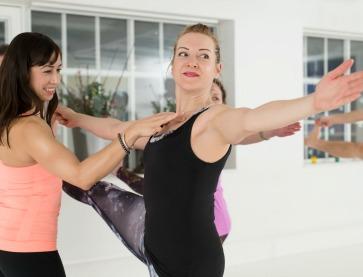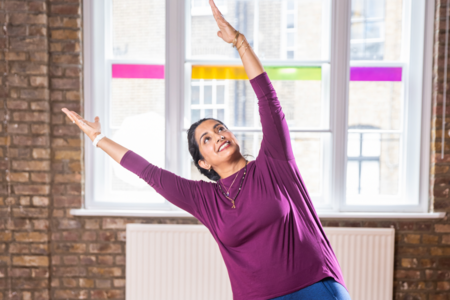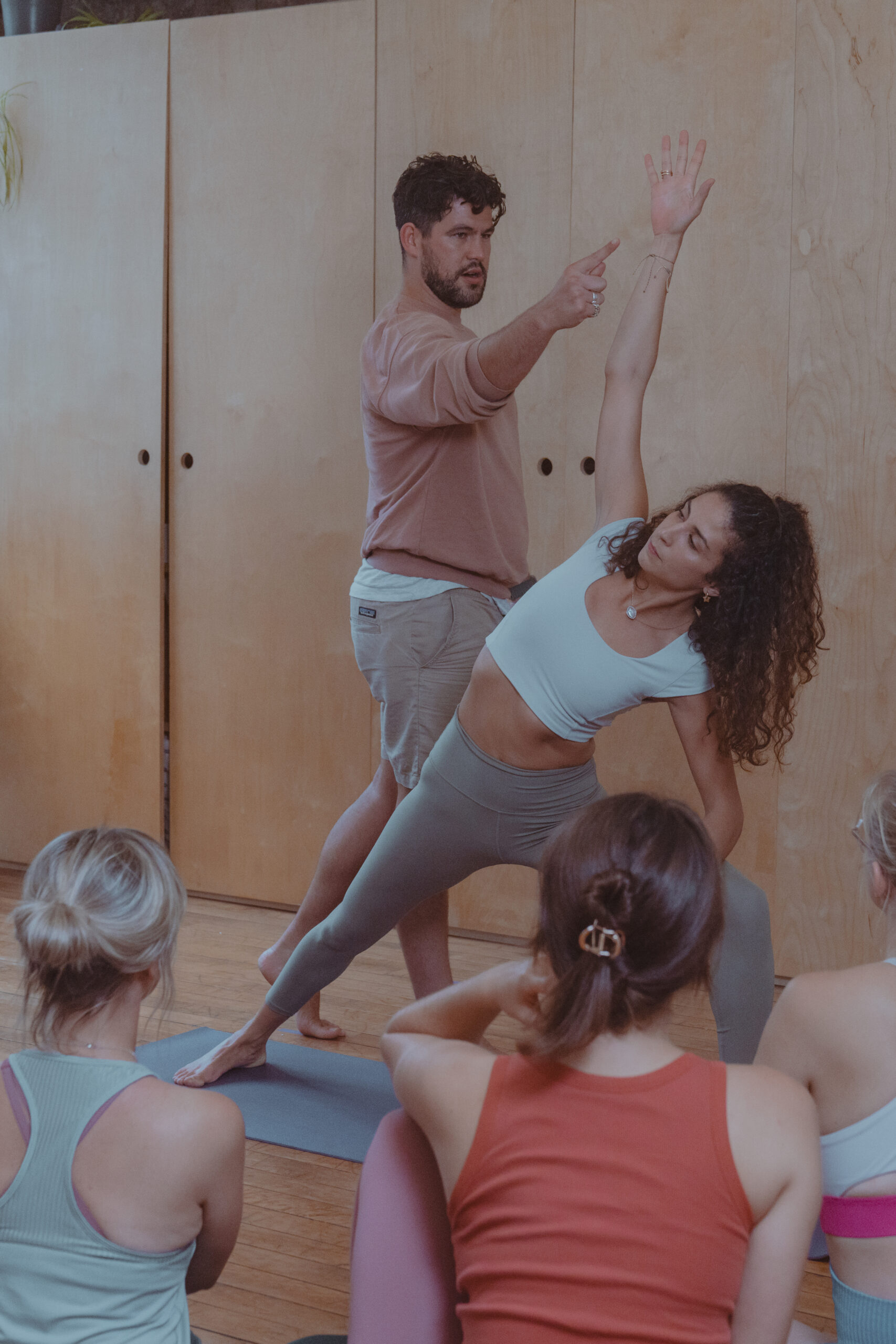by Genny Wilkinson Priest
We’re kicking off 2017 by featuring a different class style each week with our ‘everyone try yoga’ campaign. This week, we explore triyoga hot, starting with Genny Wilkinson Priest’s evaluation of the popular – yet widely criticised – heated practice.

Hot yoga gets a bad rap.
It’s hard not to blame Bikram Chodhury, the eponymous and infamous promoter of a brand of hot yoga that was a gruelling test of both physical and mental endurance. It was wildly popular for more than two decades until last year when the man himself was embroiled in an ugly scandal of civil lawsuits alleging rape, discrimination and harassment.
Chodhury fled to India, leaving his empire reeling and in pieces as Bikram teachers, studio owners and students distanced themselves from him. Yoga traditionalists seized on the weakness, saying hot yoga was never real yoga to begin with.
Let’s be clear – Bikram’s treatment of women was deplorable. But we must separate man from practice and remember that he did not create hot yoga. Practising what’s known as “austerities” and using heat to purify the body and the mind is a technology that has been around for millennia.
exploring physical + mental edges
My first ever yoga practice was in a Bikram studio in Manhattan in 1998. It was new, exciting and pushed me to explore physical and mental edges I never knew existed.
While I moved on to practise ashtanga yoga, my interest in practising in the heat never waivered, particularly when I began studying “classical yoga” – the yoga philosophy of the Yoga SÅ«tras, a paragon of religious literature and a cultural icon that was compiled by Patañjali sometime in the first centuries of the Common Era.
It is in this Å›Ästra, or scripture, that we famously come across the yÄmas (sutra 2.31) and niyÄmas (sÅ«tra 2.32) or moral imperatives intended to aid the yoga practitioner in the attainment of the profound state of meditation known as samÄdhi. The third of the five niyÄmas is tapas, a Sanskrit word meaning “to heat” or “make hot.” Indologist Walter Kaelber says, “heated effort … yields liberating knowledge of ultimate reality.” This is the philosophical foundation of the contemporary practice of hot yoga.
Ascetics in ancient India would practice austerities with fiery discipline and sharp focus. Their fervid devotion was constant and necessary in order to burn up the obstacles to the ultimate goal of yoga – union with the universe. These yogis would perform austerities like fasting and standing upright for 12 years. Even today, you will find groups of ascetics in India sitting for days surrounded by smouldering fires of burning cow dung, or permanently holding their arms above their head until muscles wither and atrophy.
The ascetic flavour of Patañjali’s yoga is expressed (albeit in a much kinder way!) when we practise Äsana in the heat.
In triyoga hot, we teach the Tapasya method, a set sequence where optimal individualised alignment is emphasised. We practise statically, spaciously, slowly, and with stability. We look for the best in what we do even amidst our struggle or, daresay, defeat.
The postures themselves are not inherently difficult. Rather, the challenge lies in staying within yourself as the heat around you beckons a reaction. The sweat dripping down your temple implores you out of stillness; the voice inside you cries, “Flee! Run! Make your way to an easier environment!” But if you can master concentration (dhÄraņÄ) and quietly study yourself (svÄdhyÄya) in the face of distraction, then you have firmly stepped onto the path of yoga.
Bikram did a lot of damage to the practice of hot yoga, and it is consequently the butt of many jokes by the yoga establishment who call it gimmicky and inauthentic.
But authenticity is what is real to you.
For me, real yoga is found in the application of spiritual philosophy. Hot yoga actively teaches the yamas and the niyamas, which offer me a pragmatic roadmap in navigating today’s morally ambiguous world, where solutions to big problems no longer have clear-cut answers.

Genny teaches vinyasa flow, ashtanga, triyoga hot and general yoga, and she currently managers triyoga’s yoga department. She is an Authorised Level 1 teacher by the K. Pattabhi Jois Ashtanga Yoga Institute, and graduated with a distinction from triyoga’s BWY and Yoga Alliance-accredited teacher training programme.
Join Genny in Camden…
hot yoga: it’s more authentic than you think
friday 10th february, 7.45 – 9.45pm
book now










